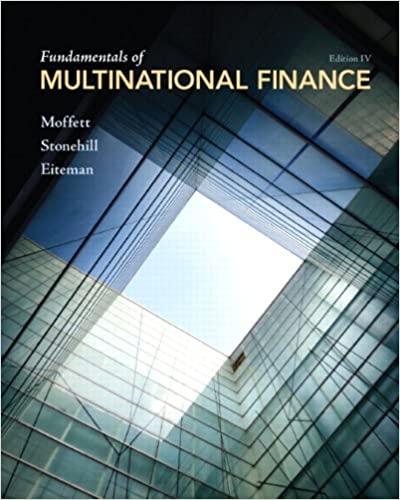
6. Answer the questions below based on the following figures. Each figure shows the excess monthly return for a given stock (e.g., RAPD Rfree in Figure 1.i and RGAS - Rfree in Figure 1.ii) on the vertical axis plotted against the excess return on the S&P 500 for each month from April 2010 to April 2015. The upper right textbox on each figure shows the results of a linear regression of excess returns on each stock versus excess returns on the S&P 500. Figure 1: From left to right: (i) Return of APD vs. S&P 500, (ii) Return of GAS vs. S&P 500 0.25 0.25 y = 1.2086x +0.0031 R?=0.6103 y=0.3194x +0.0052 R* 0.0942 0.2 0.2 0.15 . 0.15 0.1 0.1. 0.05 0.05 -0.1 -0.05 0.05 0.1 0.15 -0.1 20.5.0.03 205 0.15 Return of APD - Risk Free Rate of Return 0.1 Return of GAS - Risk Free Rate of Return -0.1 -0.1 -0.15 Return on SP500 - Risk Free Rate of Return -0.15 Return on SP500 - Risk Free Rate of Return SP500 -Linear (SP500) SP500 Linear (SP500) (a) Assuming a current annual risk free rate of about 0.2% and a market risk premium of 8%, what is the expected return of each stock based on the CAPM? [4 points] (b) Suppose you have $1 million to invest but can only invest in the above two stocks (APD and GAS). How much money should you allocate to each stock in order to achieve an expected return of 8.2%? [4 points) (c) Now suppose you also have the option of borrowing or lending at the risk free rate. Explain one way in which you could achieve an expected return of 16.2%. [4 points (d) Would you be better off investing in the portfolio constructed in part b or in an index fund that tracks the S&P 500? Why? (Ignore transactions costs and taxes). [4 points] 6. Answer the questions below based on the following figures. Each figure shows the excess monthly return for a given stock (e.g., RAPD Rfree in Figure 1.i and RGAS - Rfree in Figure 1.ii) on the vertical axis plotted against the excess return on the S&P 500 for each month from April 2010 to April 2015. The upper right textbox on each figure shows the results of a linear regression of excess returns on each stock versus excess returns on the S&P 500. Figure 1: From left to right: (i) Return of APD vs. S&P 500, (ii) Return of GAS vs. S&P 500 0.25 0.25 y = 1.2086x +0.0031 R?=0.6103 y=0.3194x +0.0052 R* 0.0942 0.2 0.2 0.15 . 0.15 0.1 0.1. 0.05 0.05 -0.1 -0.05 0.05 0.1 0.15 -0.1 20.5.0.03 205 0.15 Return of APD - Risk Free Rate of Return 0.1 Return of GAS - Risk Free Rate of Return -0.1 -0.1 -0.15 Return on SP500 - Risk Free Rate of Return -0.15 Return on SP500 - Risk Free Rate of Return SP500 -Linear (SP500) SP500 Linear (SP500) (a) Assuming a current annual risk free rate of about 0.2% and a market risk premium of 8%, what is the expected return of each stock based on the CAPM? [4 points] (b) Suppose you have $1 million to invest but can only invest in the above two stocks (APD and GAS). How much money should you allocate to each stock in order to achieve an expected return of 8.2%? [4 points) (c) Now suppose you also have the option of borrowing or lending at the risk free rate. Explain one way in which you could achieve an expected return of 16.2%. [4 points (d) Would you be better off investing in the portfolio constructed in part b or in an index fund that tracks the S&P 500? Why? (Ignore transactions costs and taxes). [4 points]







